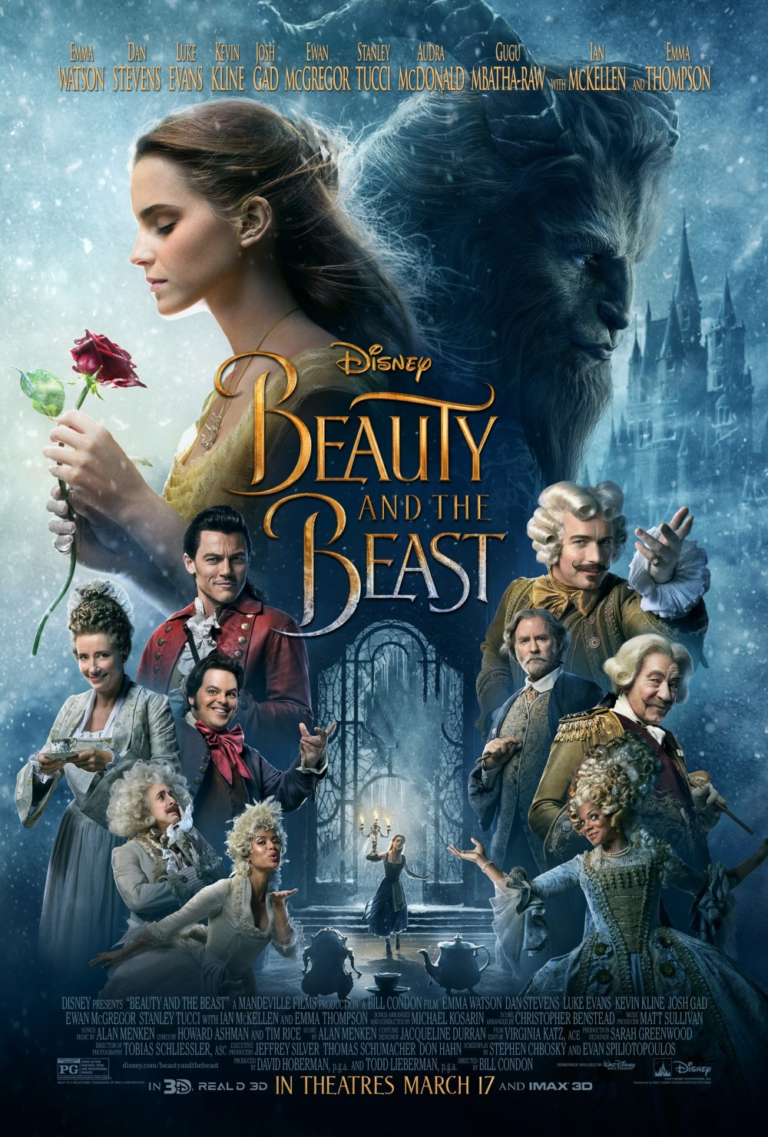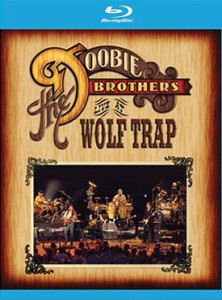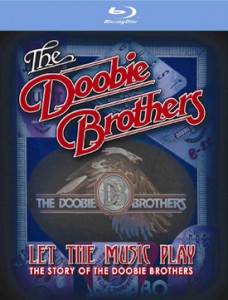The Doobie Brothers: 2013 Tour
Mohegan Sun Arena
Uncasville, CT
July 3, 2013
Our Score: 5 out of 5 stars
“We decided to play a little rock and roll this evening. Are you up for that, Connecticut?”
And, with that, the Doobie Brothers delivered as promised: nearly two non-stop hours worth of straightforward rock classics with instantly recognizable riffs that have been the band’s calling card for over 40 years. The focus of the 18-song show consistently stayed on the band’s most prolific era of the 70’s when they churned out anthems such as “Long Train Runnin’”, “Rockin’ Down the Highway”, “China Grove”, “Jesus is Just Alright and “Take Me in Your Arms”, all of which feature the founding vocal/guitar duo of Tommy Johnston and Patrick Simmons – both of whom are still part of the group’s current eight-member line-up.
The mellower Michael McDonald era of the late 70’s and early 80’s was only represented by the inclusion of an extended version of “Takin’ It to the Streets” that featured an impressive keyboard intro from Guy Allison, vocals from Simmons and bassist John Cowan, and a rippin’ sax solo from Marc Russo. It was a wise choice for the set list not only because of the song’s popularity as a hit, but because its inherent funky groove matches the Johnston-era classics that dominate the current touring band’s repertoire. They pull off the tune flawlessly live – so well, in fact, that the concert version almost outshines the McDonald original.
As far as newer material is concerned…well…the Doobies don’t really have much of it. The group has only released one studio album over the past decade: 2010’s reunion with longtime producer Ted Templeman, “World Gone Crazy.” While that album is fairly tepid in comparison to the band’s multi-platinum mega-sellers from the 70’s, the two songs performed from it at this show – the title track and “A Brighter Day” – work quite well when played live and are a good addition to the band’s set list of classics.
With all of the driving guitar rhythm provided by the band’s four axemen and the percussive power of dual drummers Tony Pia and Ed Toth, it’s easy to forget that one of the key ingredients to Doobies music is intricate vocal harmonies that flesh out the songs and provide them with the richness that makes them worth savoring. To that end, the show’s overall sound was impeccably mixed, something that was especially evident when all four of the band’s frontsmen, Johnston, Simmons, Cowan, and endlessly-versatile instrumentalist John McFee, delivered the four-part a cappella harmony outro to “Black Water.” As much as it is truly amazing that these guys can still belt it out as clearly as they did when they recorded the song in 1974, it’s equally impressive that the 2013 tour’s audio crew was able to make every aural nuance sound as clear as possible within the context of a live show.
The music of the Doobie Brothers, when at its best, manages to effectively blend elements of rock and roll, country, bluegrass, soul, funk, and blues to produce songs that never pidgeon-hole themselves into an era and subsequently become dated. At their core is an element that is truly timeless: they’re fun. Given the band’s sheer exuberance while onstage, it’s clear that the Doobie Brothers themselves are still having a blast touring and energetically jamming out to these classics. As they proved to the Connecticut crowd, you don’t necessarily need fireworks to kick off a 4th of July holiday party. All you have to do is listen to the music. All the time.
========
[NOTE: Big thanks go out to the guy who first introduced me to the Doobies – and music in general – my father, Tom Picton, for his invaluable assistance with this article. ]
Related Content
- Concert Review: Jon Secada @ The Club at Treasure Island, May 4th, 2013
- Concert Review: The Power of One Voice – Martin Sexton “Winter Tour 2013”
- Crobot discusses touring and their latest album “Something Supernatural”
- Concert Review: “IMatter Fest and The Gate Presents” Phinehas, My Heart to Fear, Alive in the Dark, Praxia, Take Two
- Concert Review: Hatebreed “Divinity of Purpose 2” Tour




